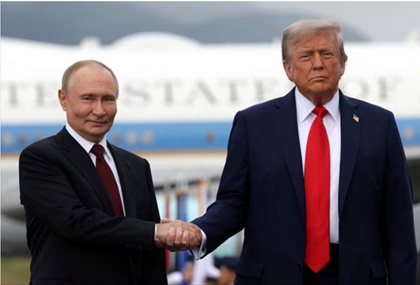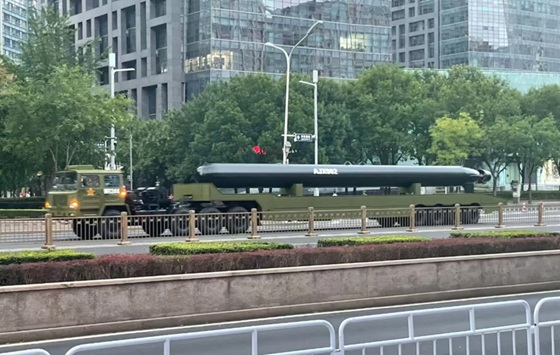India’s pursuit of 114 additional Rafale fighter jets through a government-to-government (G2G) deal with France represents a critical step in addressing the Indian Air Force’s (IAF) dwindling squadron strength, but it is mired in a contentious dispute over access to the aircraft’s source code. This strategic move, driven by the urgent need to modernize India’s air capabilities amid rising tensions in the Indo-Pacific, highlights both the deepening India-France defense partnership and the challenges of achieving technological sovereignty in high-stakes arms procurement.
The IAF is pushing for the acquisition of 114 Rafale jets under the long-delayed Multi-Role Fighter Aircraft (MRFA) program, initially estimated to cost over ₹1.2 lakh crore (approximately $14.5 billion). The urgency stems from a significant reduction in operational fighter squadrons, projected to drop to 29 by late 2025 following the retirement of the aging MiG-21 fleet, far below the sanctioned strength of 42.5 squadrons needed to counter threats from China and Pakistan. The recent 2025 India-Pakistan conflict, Pakistan’s claims of downing Rafales—denied by India—have raised questions about the aircraft’s performance and vulnerabilities, adding pressure to bolster the IAF’s fleet.
The proposed G2G deal aims to bypass the protracted MRFA tender process, which has been stalled for nearly eight years due to technical, commercial, and procedural hurdles. A direct deal with France is seen as faster and more cost-effective, leveraging existing infrastructure at Ambala and Hasimara airbases, which already host 36 Rafales acquired in a 2016 €7.8 billion deal. These bases are equipped to support additional squadrons, reducing logistical costs. Moreover, the Indian Navy’s planned acquisition of 26 Rafale-M jets for carrier operations by 2028–2030 would enhance platform commonality across services, streamlining training, maintenance, and spare parts logistics. The IAF argues that expanding the Rafale fleet aligns with India’s “Make in India” initiative, with most jets expected to be manufactured domestically through partnerships like the one between Dassault Aviation and Tata Advanced Systems, which will produce Rafale fuselages in Hyderabad starting in 2028.
However, a significant obstacle is France’s refusal to share the Rafale’s source code, which governs critical systems like the Thales RBE2-AESA radar and Modular Mission Computer (MMC). India seeks access to integrate indigenous weapons, such as the Astra Mk1 air-to-air missile and Rudram anti-radiation missile, and to enable independent software upgrades, reducing reliance on French vendors. This aligns with India’s “Atmanirbhar Bharat” (Self-Reliant India) initiative, which emphasizes technological autonomy. Without the source code, India faces costly delays and dependency on Dassault for modifications, a problem experienced with the Mirage-2000 fleet. French manufacturers, including Dassault, Thales, Safran, and MBDA, are wary of sharing this proprietary technology, citing intellectual property protection, commercial interests, and strategic security concerns. They fear code leakage to adversaries like China or Russia, reduced demand for French weapons like the Meteor missile, and the precedent it could set for other Rafale buyers like Egypt and Qatar. There are also concerns about reverse engineering and potential vulnerabilities from unregulated modifications.
France has proposed alternatives, such as joint Indo-French software development teams and Secure Software Programming Kits (SSPK), but these fall short of India’s demand for full control. The dispute echoes broader global tensions between buyer sovereignty and seller proprietary rights. For instance, Israel received partial access to the F-35’s software architecture, and Russia allowed India to customize the Su-30MKI, highlighting that such concessions are possible with trusted partners. India’s frustration is compounded by the strategic importance of the Rafale, equipped with advanced features like supercruise capabilities, a Thales radar that can track 40 targets and engage eight simultaneously, and the Spectra electronic warfare suite. These capabilities are vital for India’s two-front war doctrine against Pakistan and China, especially as China is expected to supply Pakistan with 40 fifth-generation J-35A stealth fighters.
The source code dispute has broader implications for India’s defense modernization. While the IAF considers interim options like Russia’s Su-57 or the U.S. F-35 until the indigenous Advanced Medium Combat Aircraft (AMCA) is operational by 2035, the Rafale remains a cornerstone of its strategy. The controversy also raises questions about the viability of India’s self-reliance goals in a software-defined battlespace, where control over mission-critical systems is paramount. France’s stance risks straining bilateral ties, despite recent collaborations like the Rafale-M deal and engine co-development talks with Safran for the AMCA.
The IAF’s push for 114 Rafales reflects a pragmatic response to immediate operational needs and long-term strategic goals. However, the source code standoff underscores the complexities of balancing national interests in high-technology defense partnerships. As India navigates this dispute, the outcome will shape not only its air force modernization but also the future of India-France defense cooperation and global norms around technology transfer in arms deals.
Discover more from Defence Talks | Defense News Hub, Military Updates, Security Insights
Subscribe to get the latest posts sent to your email.


![Rafale-Marine--fighter Rafale Marine [Rafale M] fighter](https://defencetalks.com/wp-content/uploads/2025/05/Rafale-Marine-fighter.jpg)


